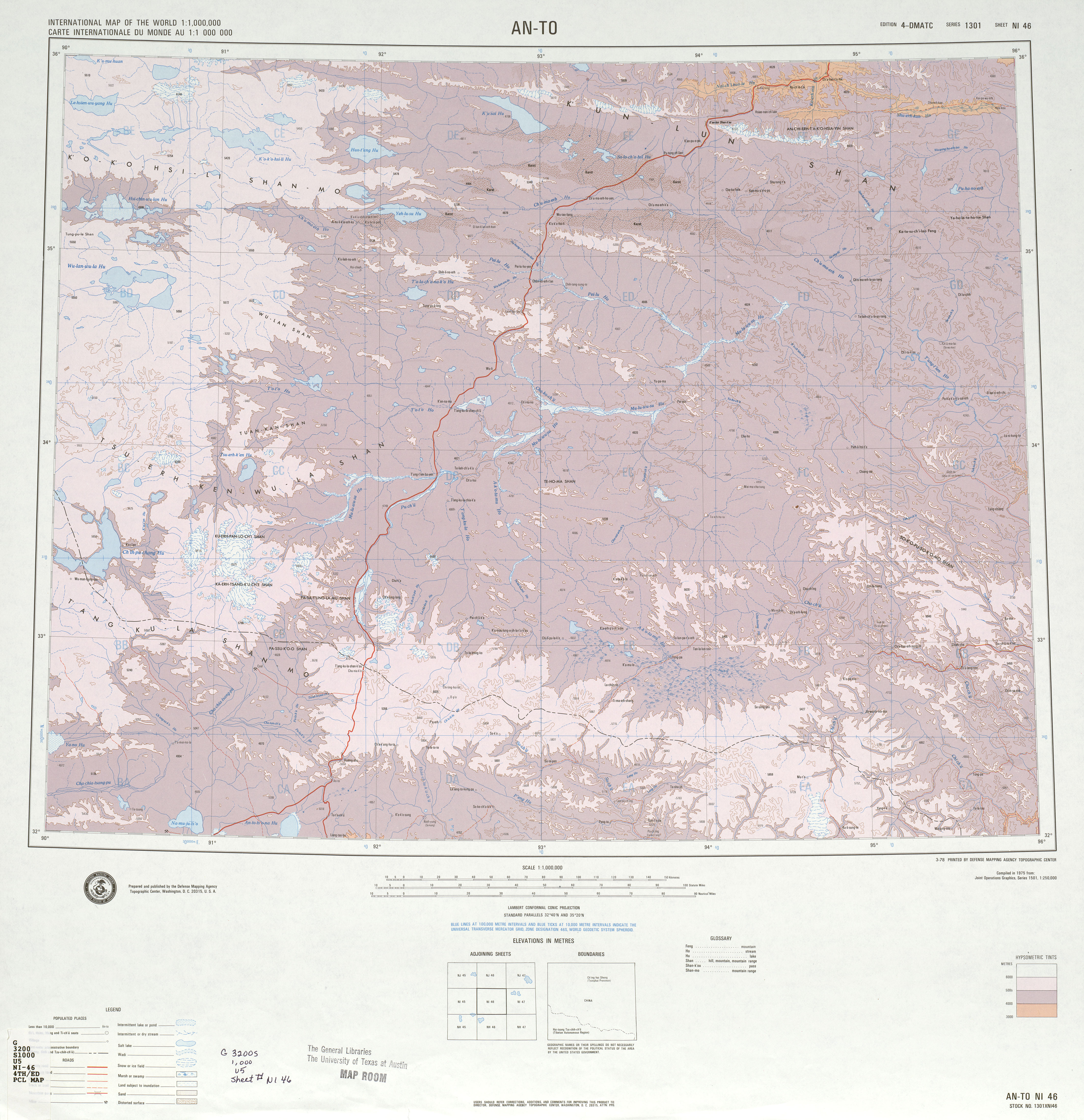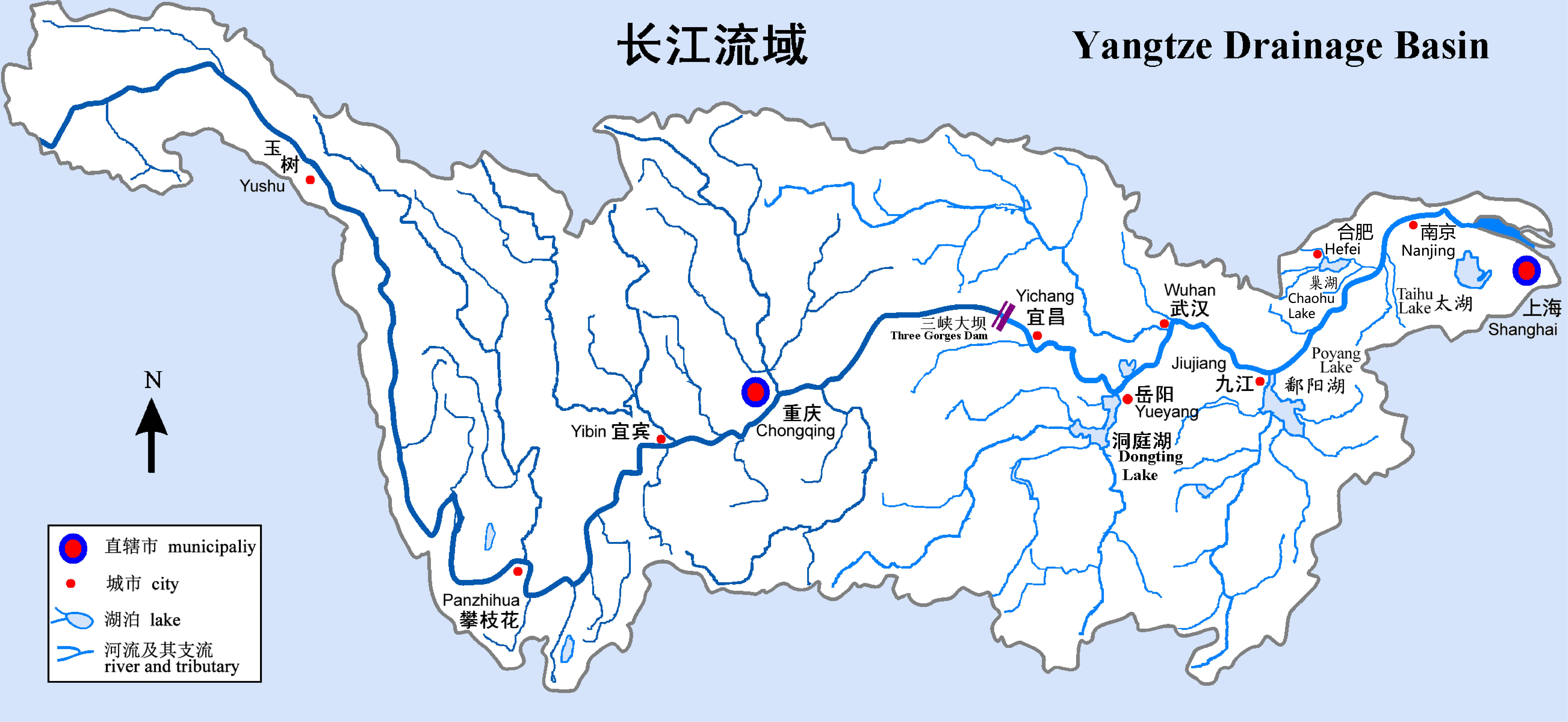|
Red River (mythology)
The Red River or Red Water () is an important feature in the mythological geography of Chinese literature, including novels and poetry over a course of over two millennia from the Warring States to early Han dynasty era poetry of the ''Chuci'' onward. The Red River is one of the mythological rivers said to flow from Kunlun, a mythological land, with mountainous features. Translations into English include "Scarlet River". Mythical geography Chinese mythology and imagination developed an extensive collection of ideas related to a mythical geography. Put together, these could form a picture of an exotic land usually thought to be located somewhere "in the west". Sometimes, as the areas to the west were charted, real geographical features would be named for mythological ones. It is also possible that the reverse process also occurred, as stories or legends formed from actual geographic phenomena were incorporated into mythical geography. Nearby features Various mythological geography ... [...More Info...] [...Related Items...] OR: [Wikipedia] [Google] [Baidu] |
Warring States Period
The Warring States period () was an era in History of China#Ancient China, ancient Chinese history characterized by warfare, as well as bureaucratic and military reforms and consolidation. It followed the Spring and Autumn period and concluded with the Qin's wars of unification, Qin wars of conquest that saw the annexation of all other contender states, which ultimately led to the Qin (state), Qin state's victory in 221 BC as the first unified History of China#Imperial China, Chinese empire, known as the Qin dynasty. Although different scholars point toward different dates ranging from 481 BC to 403 BC as the true beginning of the Warring States, Sima Qian's choice of 475 BC is the most often cited. The Warring States era also overlaps with the second half of the Eastern Zhou Period, Eastern Zhou dynasty, though the Chinese sovereign, known as the king of Zhou, ruled merely as a figurehead and served as a backdrop against the machinations of the warring states. The "Warring St ... [...More Info...] [...Related Items...] OR: [Wikipedia] [Google] [Baidu] |
Deity Of The West
A deity or god is a supernatural being who is considered divine or sacred. The ''Oxford Dictionary of English'' defines deity as a god or goddess, or anything revered as divine. C. Scott Littleton defines a deity as "a being with powers greater than those of ordinary humans, but who interacts with humans, positively or negatively, in ways that carry humans to new levels of consciousness, beyond the grounded preoccupations of ordinary life". Religions can be categorized by how many deities they worship. Monotheistic religions accept only one deity (predominantly referred to as "God"), whereas polytheistic religions accept multiple deities. Henotheistic religions accept one supreme deity without denying other deities, considering them as aspects of the same divine principle. Nontheistic religions deny any supreme eternal creator deity, but may accept a pantheon of deities which live, die and may be reborn like any other being. Although most monotheistic religions traditionally e ... [...More Info...] [...Related Items...] OR: [Wikipedia] [Google] [Baidu] |
Vietnam
Vietnam or Viet Nam ( vi, Việt Nam, ), officially the Socialist Republic of Vietnam,., group="n" is a country in Southeast Asia, at the eastern edge of mainland Southeast Asia, with an area of and population of 96 million, making it the world's sixteenth-most populous country. Vietnam borders China to the north, and Laos and Cambodia to the west. It shares maritime borders with Thailand through the Gulf of Thailand, and the Philippines, Indonesia, and Malaysia through the South China Sea. Its capital is Hanoi and its largest city is Ho Chi Minh City (commonly known as Saigon). Vietnam was inhabited by the Paleolithic age, with states established in the first millennium BC on the Red River Delta in modern-day northern Vietnam. The Han dynasty annexed Northern and Central Vietnam under Chinese rule from 111 BC, until the first dynasty emerged in 939. Successive monarchical dynasties absorbed Chinese influences through Confucianism and Buddhism, and expanded ... [...More Info...] [...Related Items...] OR: [Wikipedia] [Google] [Baidu] |
Red River (Asia)
The Red River, also known as the Hong River (; vi, Sông Hồng; Chữ Nôm: 瀧紅; Chữ Hán: 紅河), the ' and ' (lit. "Mother River") in Vietnamese, and the (, ' Nguyên Giang) in Chinese, is a -long river that flows from Yunnan in Southwest China through northern Vietnam to the Gulf of Tonkin. According to C. Michael Hogan, the associated Red River Fault was instrumental in forming the entire South China Sea at least as early as 37 million years before present. The name red and southern position in China are associated in traditional cardinal directions. Geography The Red River begins in China's Yunnan province in the mountains south of Dali. Main headstreams Leqiu River, Xi River and Juli River confluence at Nanjian where they form the Lishe River. The Lishe River meets with another headstream, the Yijie River at Hongtupo, Chuxiong Prefecture. It flows generally southeastward, passing through Yi and Dai ethnic minority areas before leaving C ... [...More Info...] [...Related Items...] OR: [Wikipedia] [Google] [Baidu] |
Ulan Moron
The Mar Qu, Ulan Moron ( mn}, ''Ulaan Mörön'', lit. "Red River"; zh, 乌兰木伦, p=Wūlánmùlún) or Tuotuo River (, Chinese: , p ''Tuótuó Hé'', lit. "Tearful River"Powers, John & al. ''Historical Dictionary of Tibet''p. 155 Scarecrow Press (Plymouth), 2012. Accessed 14 August 2013.) is a long river, located in Qinghai province in the People's Republic of China. Although the Dangqu (or Dam Chu) is the geographic source of the Yangtze River, the Ulan Moron has been traditionally regarded as the main river. With its location in Inner Asia, it therefore belongs to the East China Sea watershed basin. It begins as melt-off from the Geladandong glaciers and runs to a confluence with the Dangqu, where they form the Tongtian River. In Chinese, the character originally described the Yellow River and the Yangtze. In modern practice, a ''jiang'' is usually a longer river, while ''he'' varies from shorter rivers (as the Tuotuo) to creeks (such as Suzhou Creek ... [...More Info...] [...Related Items...] OR: [Wikipedia] [Google] [Baidu] |
Yangtze
The Yangtze or Yangzi ( or ; ) is the longest river in Asia, the third-longest in the world, and the longest in the world to flow entirely within one country. It rises at Jari Hill in the Tanggula Mountains (Tibetan Plateau) and flows in a generally easterly direction to the East China Sea. It is the seventh-largest river by discharge volume in the world. Its drainage basin comprises one-fifth of the land area of China, and is home to nearly one-third of the country's population. The Yangtze has played a major role in the history, culture, and economy of China. For thousands of years, the river has been used for water, irrigation, sanitation, transportation, industry, boundary-marking, and war. The prosperous Yangtze Delta generates as much as 20% of historical GDP of China, China's GDP. The Three Gorges Dam on the Yangtze is the list of the largest hydroelectric power stations, largest hydro-electric power station in the world that is in use. In mid-2014, the Chine ... [...More Info...] [...Related Items...] OR: [Wikipedia] [Google] [Baidu] |
Boats On The Red River Wharf By Đỗ-đức-Thuận
A boat is a watercraft of a large range of types and sizes, but generally smaller than a ship, which is distinguished by its larger size, shape, cargo or passenger capacity, or its ability to carry boats. Small boats are typically found on inland waterways such as rivers and lakes, or in protected coastal areas. However, some boats, such as the whaleboat, were intended for use in an offshore environment. In modern naval terms, a boat is a vessel small enough to be carried aboard a ship. Boats vary in proportion and construction methods with their intended purpose, available materials, or local traditions. Canoes have been used since prehistoric times and remain in use throughout the world for transportation, fishing, and sport. Fishing boats vary widely in style partly to match local conditions. Pleasure craft used in recreational boating include ski boats, pontoon boats, and sailboats. House boats may be used for vacationing or long-term residence. Lighters are used to convey ... [...More Info...] [...Related Items...] OR: [Wikipedia] [Google] [Baidu] |
Yangtze At First Bridge
The Yangtze or Yangzi ( or ; ) is the longest river in Asia, the third-longest in the world, and the longest in the world to flow entirely within one country. It rises at Jari Hill in the Tanggula Mountains (Tibetan Plateau) and flows in a generally easterly direction to the East China Sea. It is the seventh-largest river by discharge volume in the world. Its drainage basin comprises one-fifth of the land area of China, and is home to nearly one-third of the country's population. The Yangtze has played a major role in the history, culture, and economy of China. For thousands of years, the river has been used for water, irrigation, sanitation, transportation, industry, boundary-marking, and war. The prosperous Yangtze Delta generates as much as 20% of China's GDP. The Three Gorges Dam on the Yangtze is the largest hydro-electric power station in the world that is in use. In mid-2014, the Chinese government announced it was building a multi-tier transport network, c ... [...More Info...] [...Related Items...] OR: [Wikipedia] [Google] [Baidu] |
Yuanyang - Nansha River - P1370848 ''
{{disambig ...
Yuanyang may refer to: *Mandarin duck, also known as yuanyang () *Yuenyeung (), a popular beverage in Hong Kong, named after the mandarin duck *Yuanyang County, Henan () *Yuanyang County, Yunnan (), well known for its spectacular rice-paddy terracing * Yuanyang (character), in the Chinese novel ''Dream of the Red Chamber ''Dream of the Red Chamber'' (''Honglou Meng'') or ''The Story of the Stone'' (''Shitou Ji'') is a novel composed by Cao Xueqin in the middle of the 18th century. One of the Four Great Classical Novels of Chinese literature, it is known for ... [...More Info...] [...Related Items...] OR: [Wikipedia] [Google] [Baidu] |
Shanhaijing
The ''Classic of Mountains and Seas'', also known as ''Shan Hai Jing'', formerly romanized as the ''Shan-hai Ching'', is a Chinese classic text and a compilation of mythic geography and beasts. Early versions of the text may have existed since the 4th century BCE, but the present form was not reached until the early Han dynasty. It is largely a fabulous geographical and cultural account of pre-Qin China as well as a collection of Chinese mythology. The book is divided into eighteen sections; it describes over 550 mountains and 300 channels. Authorship The exact author(s) of the book and the time it was written are still undetermined. It was originally thought that mythical figures such as Yu the Great or Boyi wrote the book. However, the consensus among modern Sinologists is that the book was not written at a single time by a single author, but rather by numerous people from the period of the Warring States to the beginning of the Han dynasty. The first known editor of the ... [...More Info...] [...Related Items...] OR: [Wikipedia] [Google] [Baidu] |






